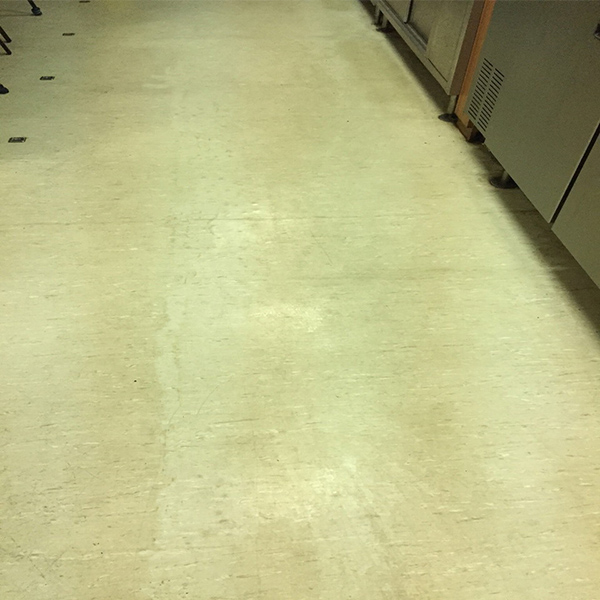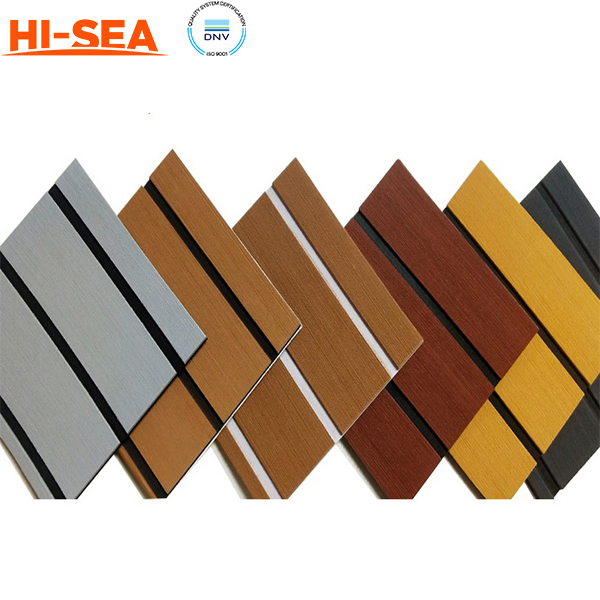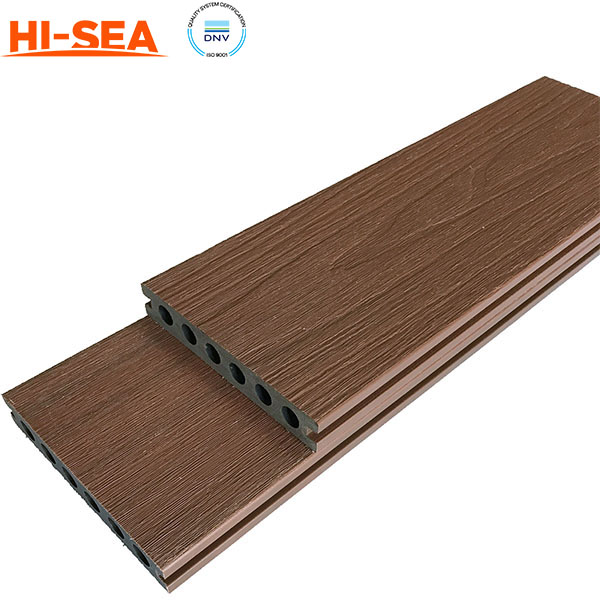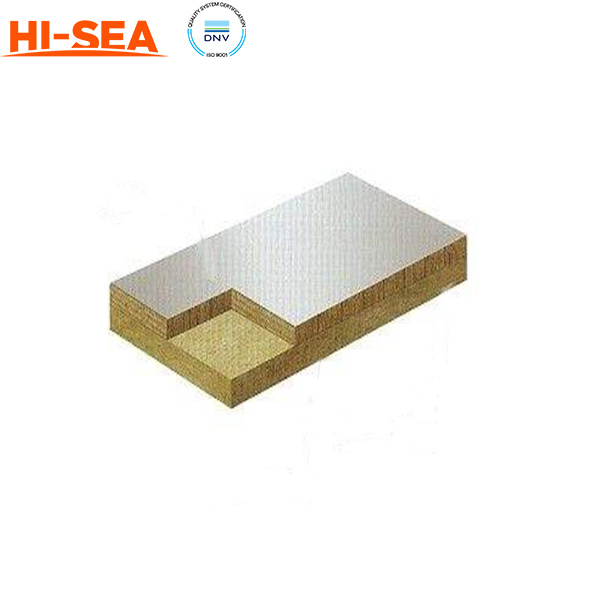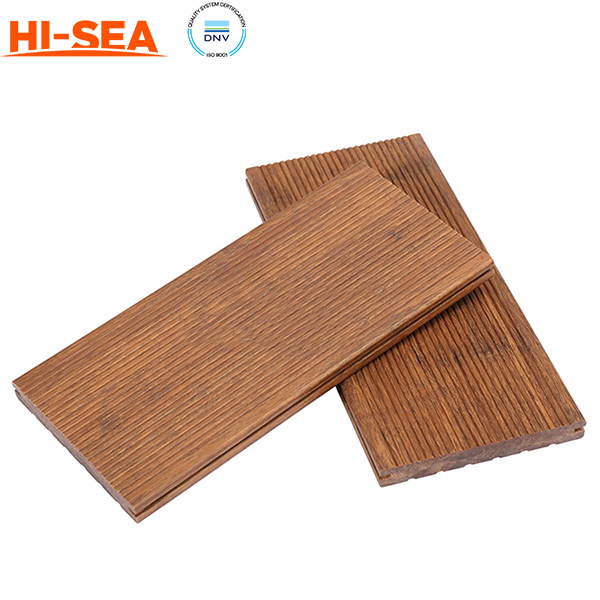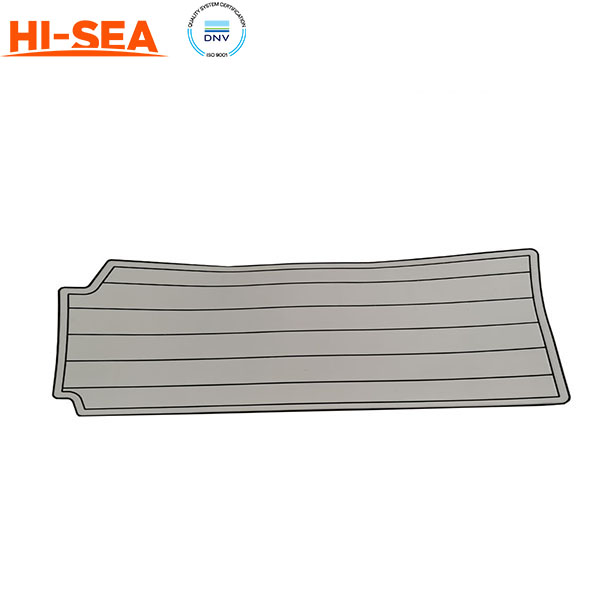MARINE & OFFSHORE EQUIPMENT
- Dredging Equipment
- Marine Deck Machinery
-
Marine Mooring Equipment
-
Marine Anchor
- AC-14 HHP Anchor
- Admiralty Anchor
- Beldt Stockless Anchor
- Bruce Anchor
- Spek Anchor
- Danforth HHP Anchor
- Delta High Holding Power Anchor
- GB11579-89 Light Weight Anchor
- Hall Anchor
- High Holding Power Mastrosov Anchor
- Hot Dip Galvanized Anchor
- Japan Stock Anchor
- JIS Stockless Anchor
- Pool Anchor
- Single Fluke Anchor
- Stainless Steel Anchor
- Stevpris MK5 Anchor
- Stingray Anchor
- US Navy Stockless Anchor
-
Marine Anchor Chain
-
Marine Shackle
- Kenter Shackle
- D Type Joining Shackle
- Pear Shaped Shackle
- Anchor Swivel Shackle Type A
- Anchor Swivel Shackle Type B
- Buoy Shackle Type A
- Buoy Shackle Type B
- C Type Detachable Connecting Link
- D Shackle
- Forelock Shackle
- Anchor Chain Swivel Group
- Straight Shackle
- Anchor Shackle
- Marine Triangle Plate
- Anchor Chain Swivel
- Anchor Chain Joining Shackle
- Anchor Chain End Shackle
- Slim Kenter Shackle
-
Chain Chaser
-
Marine Bollard
-
Marine Chock
-
Marine Fairlead
-
Marine Chain Stopper
-
Marine Mooring Reel
-
Marine Towing Bracket
-
Mooring Rope
-
Marine Towing Hook
-
Marine Shark Jaw
- Marine Fender
-
Marine Buoy
- Marine Floating Pontoon Dock
-
Marine Anchor
- Aquaculture Equipment
- Marine Outfitting Equipment
- Marine Propulsion System
-
Marine Painting
-
Marine Auxiliary Machinery
- Marine Air Compressor
- Marine Air Receiver
- Marine Sewage Treatment Plant
-
Marine Diesel Generator Set
- Marine Oil Water Separator
- Ballast Water Management System
- Marine Hydrophore
- Marine Calorifier
- Seawater Desalination Plant
-
Marine Oil Separator
- Marine Fuel Oil Supply Unit
- Marine Heat Exchanger
-
Marine Hot Well Unit
-
Marine Incinerator
-
Marine Boiler
-
Marine Valve
- JIS Marine Valve
- DIN Marine Valve
- ANSI Marine Valve
- GB Marine Valve
- CB Marine Valve
- CBM Marine Valve
-
Marine Gate Valve
-
Marine Globe Valve
-
Marine Angle Globe Valve
-
Marine SDNR Valve
-
Marine Angle SDNR Valve
-
Marine Check Valve
-
Marine Storm Valve
-
Marine Butterfly Valve
-
Marine Quick Closing Valve
-
Marine Fire Valve
-
Marine Self Closing Valve
- Marine Valve Accessories
-
Marine Pump
- Marine Centrifugal Pump
- Marine Screw Pump
-
Marine Gear Pump
-
Marine Vortex Pump
-
Marine Ejector Pump
-
Marine Diaphragm Pump
-
Marine Piston Pump
-
Marine Fire Pump
-
Marine Emergency Fire Pump
-
Marine External Fire Pump
-
Marine Ballast Water Pump
-
Marine Fuel Pump
-
Marine Lubricating Oil Pump
-
Marine Bilge Pump
-
Marine Sewage Pump
-
Marine Domestic Water Pump
-
Marine General Pump
-
Marine Cargo Oil Pump
-
Marine Hand Pump
- Marine Pump Parts
- Marine Life-saving Equipment
- Fire-fighting Equipment
- Marine Cable
- Marine Electrical Equipment
- Marine HVAC
-
Labour Protection Appliance
- Marine Decorative Material
-
Marine Anode
- Marine Pipe Fitting & Flange
- Marine Instrument
- Ship Building Equipment
INDUSTRY EQUIPMENT
- Hoisting Equipment
- Welding Machine & Material
-
Cutting Machine
- Container Securing Fitting
- Link Chain
- Container & Storage Equipment
-
Diesel Generator Set
- Other Equipment and Tools
- Petrochemical Equipment
- Fiber Reinforced Plastics
- Polymer Materials
- Environmental Protection Series
- Geo-products and Building Materials
- Metal Mesh
- Steel Grating
-
Earthwork Teeth
-
Turnbuckle
STOCK LIST
Contacts
 Tel:+86-23-67956606
Tel:+86-23-67956606
 FAX:+86-23-67956622
FAX:+86-23-67956622
 Email:manager@cqhisea.com
Email:manager@cqhisea.com
Working Time: 9:00--17:00
Working Day: Monday to Friday Website: www.cqhisea.com

Floating Floor for Ship Use
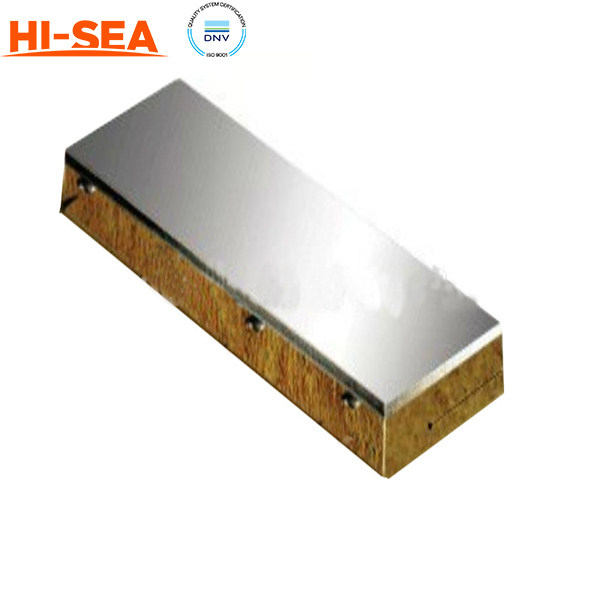
Floating Floor for Ship Use
Introduction
A floating floor is a type of flooring system that is not fixed to the subfloor but instead "floats" on top of it. This type of flooring is commonly used in buildings, but it can also be used in ships.
When it comes to ship use, a floating floor can provide several benefits. Firstly, it can help to reduce noise and vibrations within the ship, which can improve comfort for crew members and passengers. Additionally, it can also help to protect the ship's structure from damage caused by impact or vibrations.
In order to use a floating floor in a ship, there are a few considerations to keep in mind. Firstly, the materials used for the flooring should be lightweight and able to withstand the harsh marine environment. Additionally, the flooring system should be designed to be watertight and able to withstand the forces of the sea.
There are several types of floating floor systems that can be used in ships, including laminate flooring, engineered wood flooring, and vinyl flooring. Each of these materials has its own advantages and disadvantages, so it is important to choose the right one for the specific needs of the ship.
Overall, a floating floor can be a useful addition to a ship's interior design, providing improved comfort and protection for crew members and passengers.
Features
Floating floors for ship use typically feature several key characteristics:
1. Water-resistant: The materials used in the construction of the floating floor must be able to resist water damage and deterioration, since ships are exposed to high levels of moisture.
2. Shock absorption: Floating floors are designed to absorb shock and vibration, providing a stable and comfortable surface for crew members and passengers even in rough seas.
3. Noise reduction: Floating floors are also designed to reduce noise levels on board the ship, making it more comfortable for passengers and reducing the risk of hearing damage for crew members.
4. Easy installation: Floating floors are typically designed for easy installation and removal, allowing for quick repairs and upgrades as needed.
5. Durability: Floating floors for ship use must be able to withstand the harsh marine environment and regular foot traffic without deteriorating or losing their structural integrity.
6. Non-slip surface: The surface of the floating floor should provide good traction, even when wet, to prevent slips and falls.
7. Fire-resistant: Materials used in the construction of floating floors should also be fire-resistant, to minimize the risk of fire spreading on board the ship.
Technical Parameters
|
Fire class |
A60 |
|
Dimension |
450mm width, Required length (Max.1950mm Height) |
|
Weight |
28.7kg/m2 |
|
Sound reduction |
43dB(A) |
|
Thermal transmittance |
0.40Kcal/m2h.°C |
|
Surface finish |
galvanized steel sheet |
|
Tolerances |
Width -1-0 , Height ±3 , Thickness -1-0 |
|
Core material |
Rock Wool |
